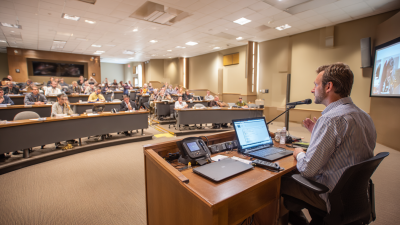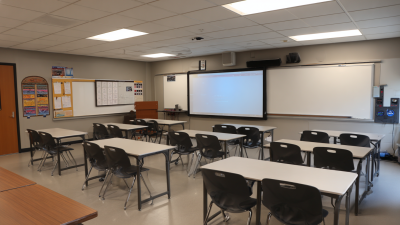Engaging students in the classroom is essential for fostering a conducive learning environment, with numerous studies highlighting the impact of effective communication tools on student participation. According to a report by the National Education Association, approximately 75% of educators believe that classroom sound systems significantly enhance student engagement by improving audio clarity and ensuring that all students can hear instructions and discussions effectively. Moreover, a survey conducted by the Education Week Research Center found that schools using advanced sound systems reported a 30% increase in student participation rates during lessons. By leveraging classroom sound systems, educators can create an inclusive atmosphere that promotes active learning and collaboration, ultimately leading to improved academic outcomes. This article explores the best practices for utilizing classroom sound systems, alongside proven techniques to maximize student engagement in today’s diverse educational settings.
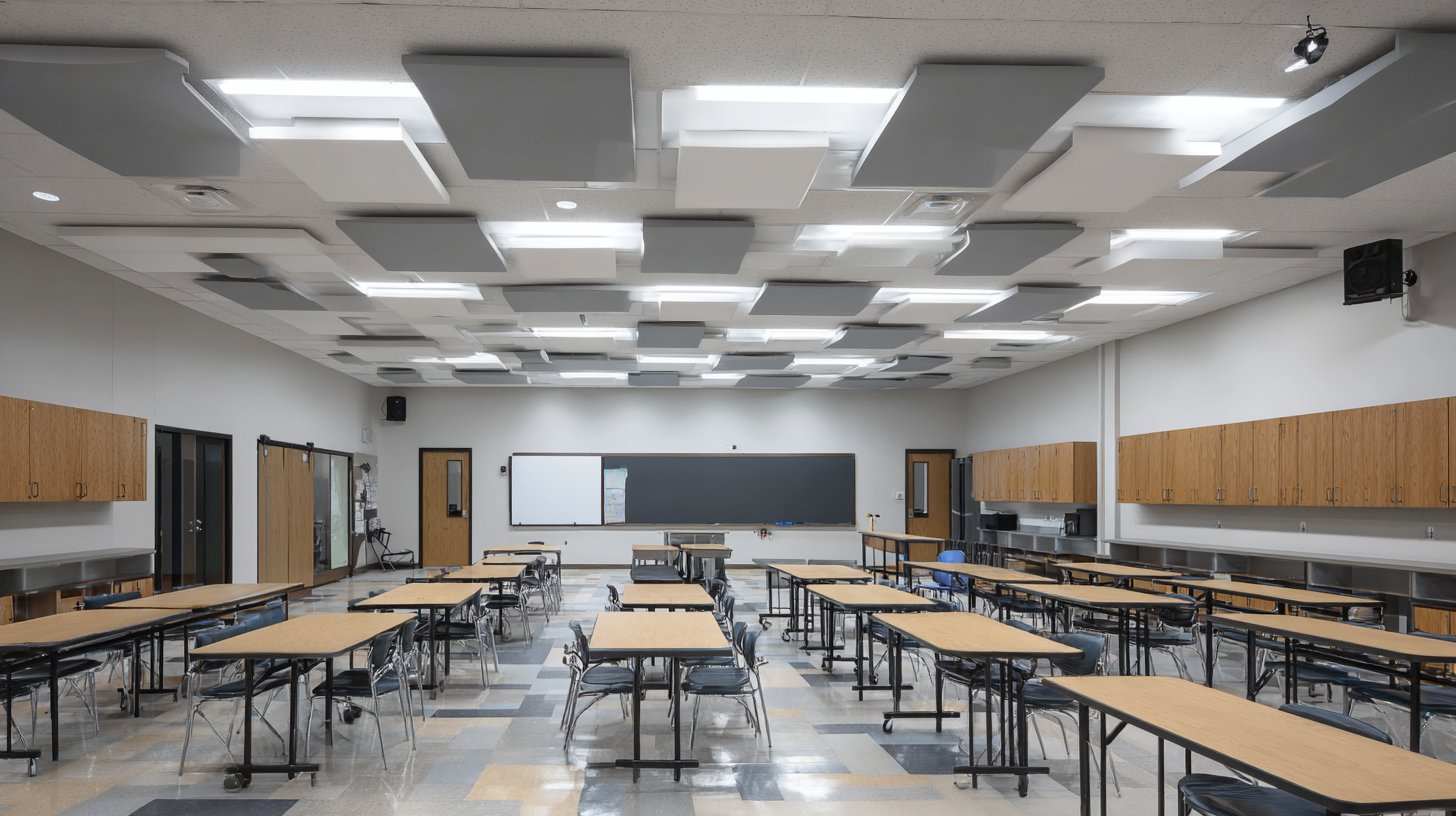
Implementing classroom sound systems can significantly enhance student engagement by creating a more immersive learning environment. A well-designed sound system not only amplifies the teacher's voice but also integrates various multimedia tools, making lessons more dynamic. To effectively deploy these systems, it’s essential to ensure that all students, including those with hearing impairments, can access the content being delivered.
Tips: Begin by assessing your classroom layout and acoustics, as these factors can influence sound distribution. Position speakers strategically to avoid dead zones where students may struggle to hear. Additionally, utilizing microphones for both teachers and students can foster more interactive discussions, allowing every voice to be heard clearly.
Another effective strategy is blending audio-visual elements with traditional teaching methods. For instance, playing relevant soundtracks or ambient noises can set the mood for lessons, while video clips can provide context and enhance comprehension. Engaging students through varied sensory experiences can keep their attention focused and enhance retention of information.
Tips: Consider incorporating student-generated content, like presentations or podcasts, utilizing the sound system to showcase their work. This not only validates their contributions but also encourages peer learning and collaboration. With these strategies, classrooms can become vibrant spaces of exploration and learning.
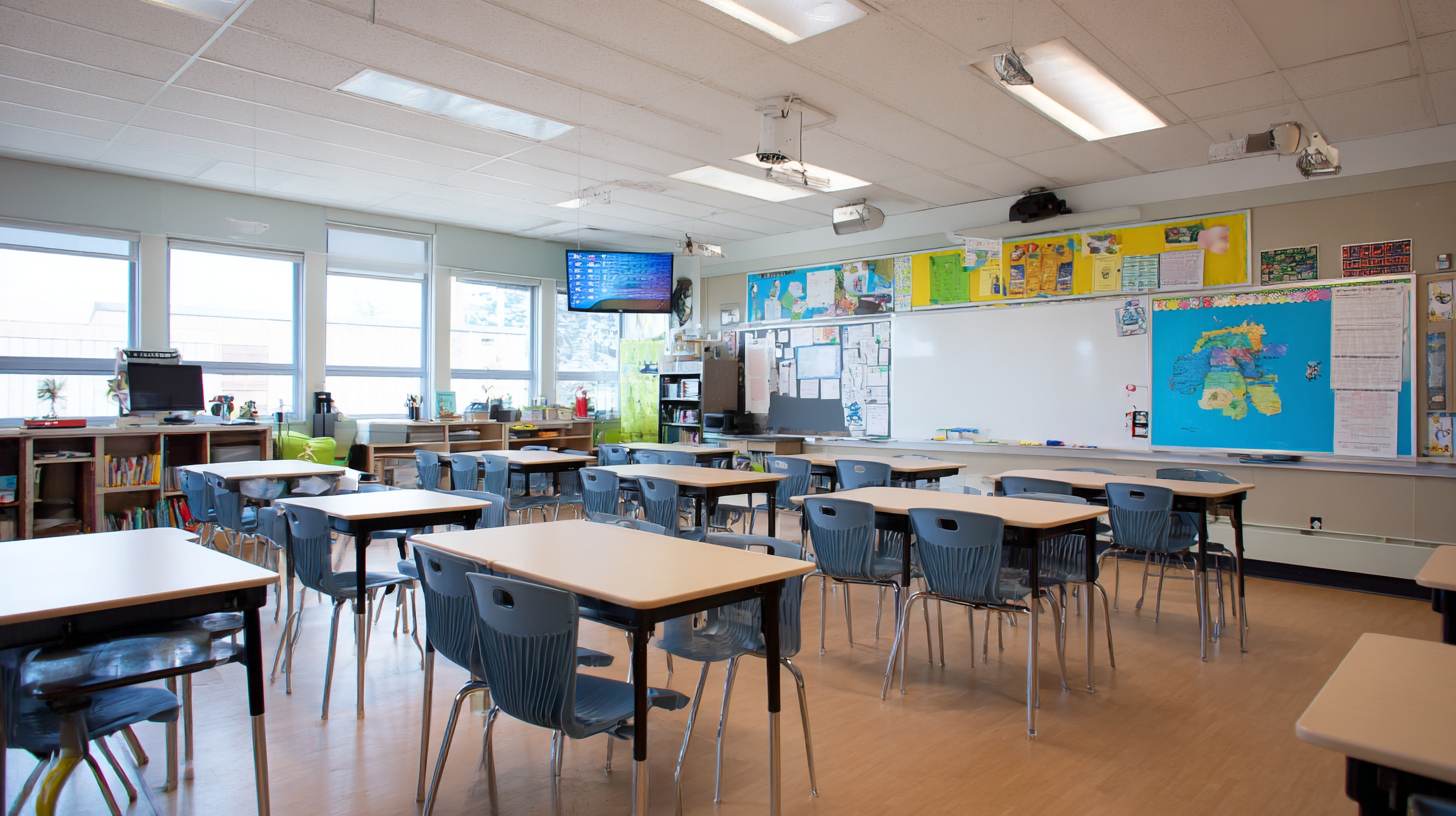 High-quality sound systems in classrooms have a profound impact on student attention and retention rates. Studies indicate that sound quality can significantly influence how well students absorb and retain information. According to a report by the Acoustical Society of America, classrooms equipped with adequate sound reinforcement systems can see a boost in student comprehension by up to 25%. This improvement is particularly notable in larger classrooms where background noise can often detract from listening efforts.
High-quality sound systems in classrooms have a profound impact on student attention and retention rates. Studies indicate that sound quality can significantly influence how well students absorb and retain information. According to a report by the Acoustical Society of America, classrooms equipped with adequate sound reinforcement systems can see a boost in student comprehension by up to 25%. This improvement is particularly notable in larger classrooms where background noise can often detract from listening efforts.
Moreover, sound clarity plays a pivotal role in maintaining student engagement throughout lessons. Research from the National Institute for Learning Enhancement highlights that improved auditory environments can lead to heightened student participation and decrease dropout rates. For instance, the report indicates that students exposed to optimized sound systems exhibit 30% higher engagement levels during lectures, which directly correlates with increased retention of the material presented. Consequently, investing in quality classroom sound systems is not merely an enhancement; it is a strategy that schools can adopt to improve educational outcomes and foster a more interactive learning experience.
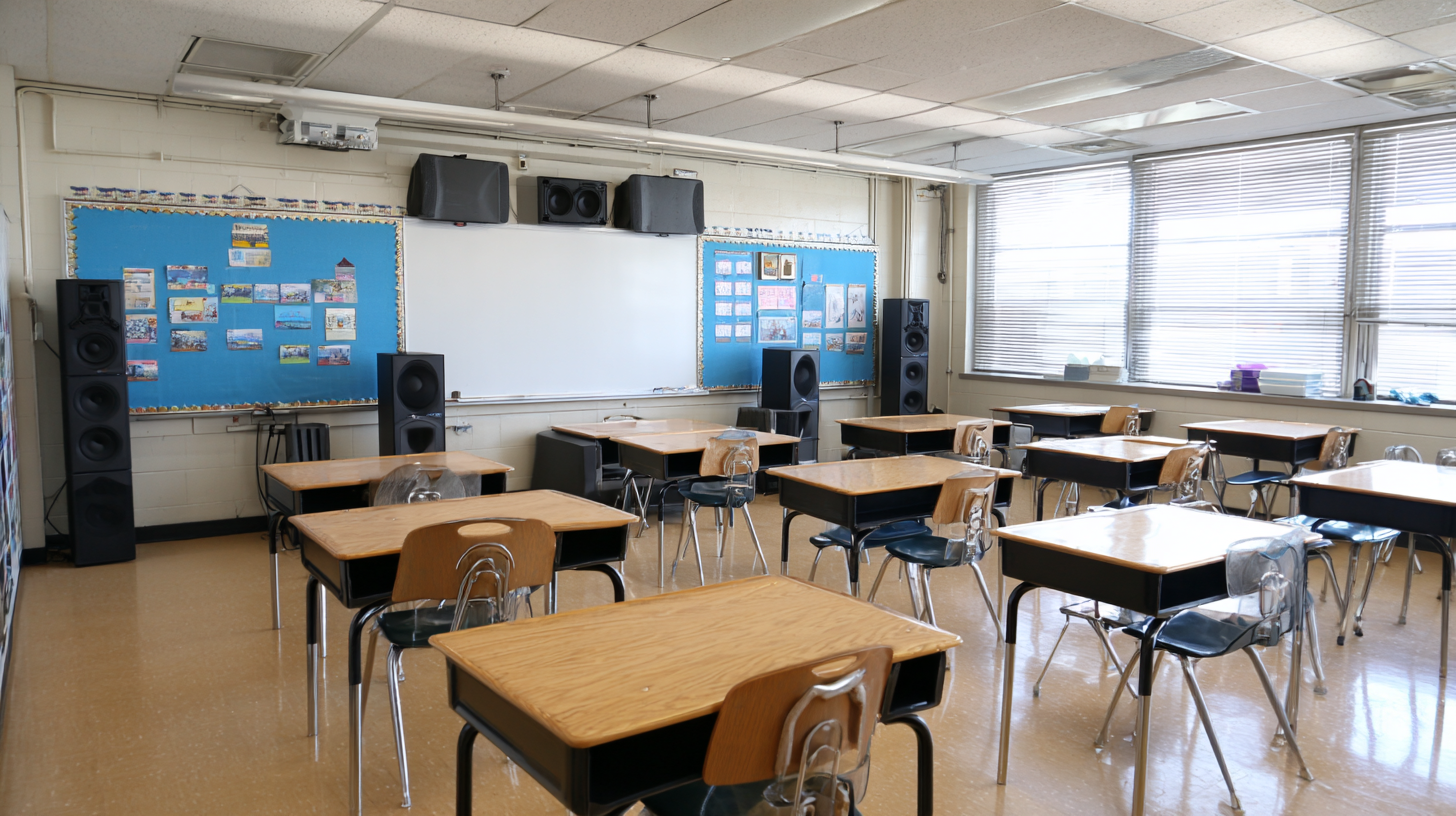 Interactive learning, empowered by audio technology, has become a cornerstone of modern education. The integration of sound systems in classrooms fosters a dynamic environment where students are actively engaged rather than passively receiving information. Techniques such as gamification and the use of virtual reality not only make learning enjoyable but also enhance comprehension and retention. By incorporating these digital tools, educators can create immersive experiences that cater to diverse learning styles, ensuring that every student has the opportunity to participate meaningfully.
Interactive learning, empowered by audio technology, has become a cornerstone of modern education. The integration of sound systems in classrooms fosters a dynamic environment where students are actively engaged rather than passively receiving information. Techniques such as gamification and the use of virtual reality not only make learning enjoyable but also enhance comprehension and retention. By incorporating these digital tools, educators can create immersive experiences that cater to diverse learning styles, ensuring that every student has the opportunity to participate meaningfully.
Moreover, the incorporation of audio-visual elements in blended learning environments has been shown to significantly improve student success rates. Tools like interactive machine learning APIs allow teachers to prototype lessons that resonate with students, facilitating critical thinking and collaborative discussions. In particular, audio technology helps bridge gaps for students with disabilities, making math problems more accessible while promoting social interaction within learning platforms. As technology continues to evolve, the opportunities for creating engaging, interactive classroom experiences will only expand, further transforming the educational landscape.
In an increasingly diverse learning environment, measuring the effectiveness of sound systems in enhancing student engagement plays a crucial role. Research indicates that an optimized auditory experience can significantly elevate participation levels. Schools equipped with high-quality sound systems report improvements in students’ attentiveness and interaction during lessons. This shift is particularly evident in classrooms with varying levels of noise, where sound amplification allows every voice to be heard, fostering an inclusive atmosphere.
Tips for maximizing the impact of classroom sound systems include:
In today’s increasingly digital classrooms, effective training for educators on the use of classroom sound systems is essential for maximizing student engagement. Research by the Center for the Study of Education Policy indicates that properly utilized audio resources can enhance learning outcomes by up to 25%. This underscores the necessity of equipping educators not only with the tools but also with the knowledge to make the most of them. Training sessions should focus on both technical proficiency and pedagogical strategies that integrate sound systems into lesson plans.
Best practices for such training include hands-on workshops where educators can actively engage with the technology. According to a report by the International Society for Technology in Education (ISTE), interactive training formats significantly increase retention rates of 70% over traditional lecture-based methods. Additionally, ongoing support and feedback loops after initial training can ensure that educators continue to feel confident and capable in using sound systems to create dynamic learning environments. Using these strategies, educators can transform classroom audio resources from mere tools into catalysts for enhanced student interaction and participation.
This chart illustrates the impact of classroom sound systems on student engagement levels across different subjects. The data represents average engagement scores, collected from various educational institutions that implement sound systems in their classrooms.
